From Apollo to Artemis, Kennedy Space Center celebrates 60 years of history and looks again toward the moon
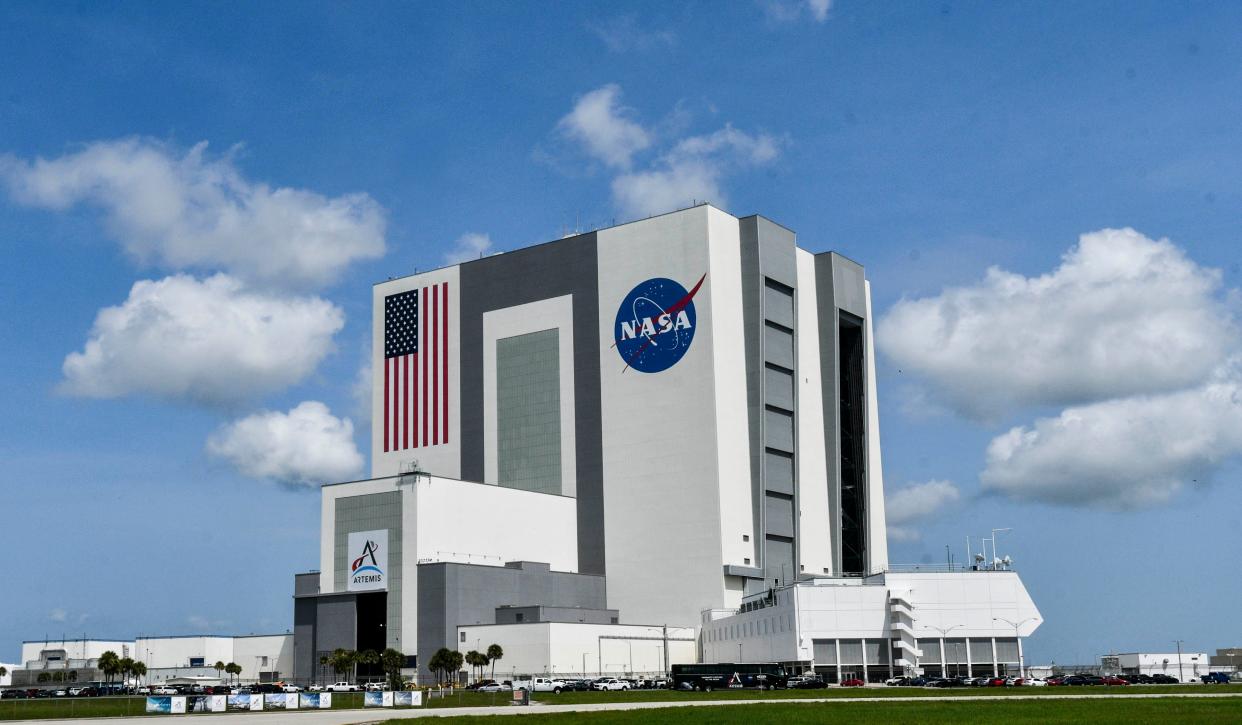
Space is important to us and that's why we're working to bring you top coverage of the industry and Florida launches. Journalism like this takes time and resources. Please support it with a subscription here.
Sixty years after the purchase of a 200-square-mile section of Florida swamp, John F. Kennedy Space Center remains a hub of launch activity and America's only portal for launching humans into orbit around the Earth. It is also prominently adorned with mementos of a time long since passed.
That contrast — a facility aimed at the future while steeped in its own storied history — is visible everywhere from the building where astronauts suit up to the control room where teams give the rocket a final "Go" for launch. The shiny new KSC headquarters building sits next to an Apollo-era processing facility; a reusable SpaceX Falcon 9 rocket rolls by the Vehicle Assembly Building constructed in 1966.
As Kennedy Space Center marks its 60th anniversary this summer, officials invited the media on a tour of the complex established to launch Apollo astronauts to the moon. It's now readying itself for a return to the moon with the Artemis program and hopes this summer to celebrate its diamond anniversary with perhaps the most impressive fireworks of all — the launch of the powerful Space Launch System on a mission around the moon.
The SLS rocket towering 322 feet above launch pad 39-B currently awaits another round of propellant filling tests before it can blast off sending the Orion capsule around the moon and back. NASA officials hope to culminate the "wet dress rehearsal" test around 2 p.m. Monday, with a mock countdown ending just prior to when the engines would ignite.
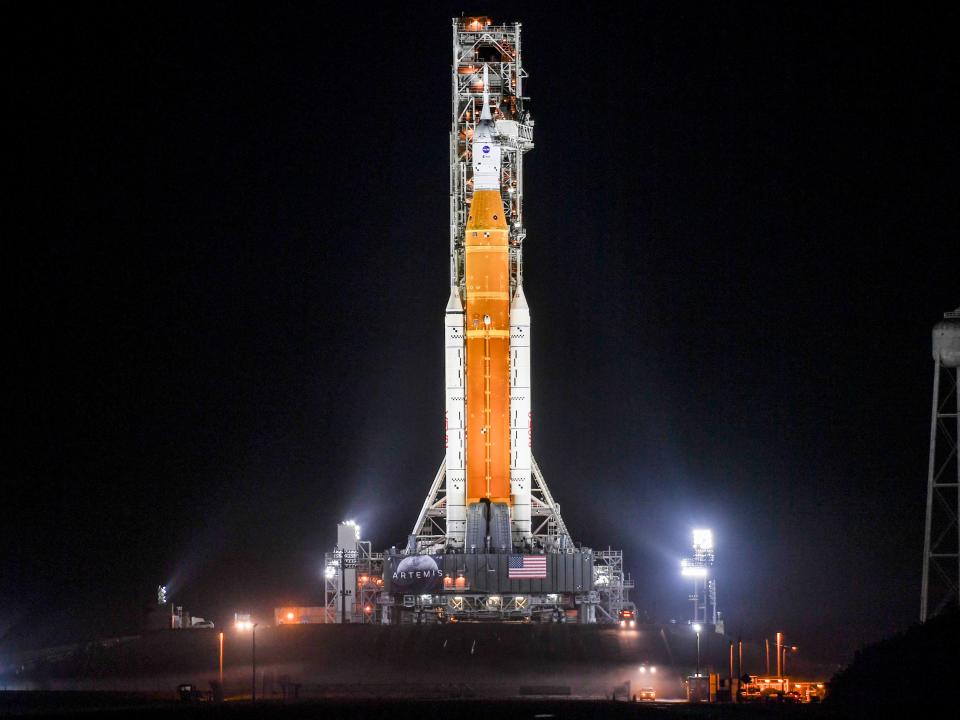
If all goes to plan the rocket will be rolled back to the Vehicle Assembly Building and prepared for its moon mission expected to launch sometime in late August or September.
"There (are) so many comparisons and parallels of the shuttle, Apollo, and Artemis," said Bob Sieck, a retired NASA launch director. "You got to put together, test, and service a safe and reliable rocket and spacecraft. That won't change. It goes all the way back (to 1962)."
Kennedy Space Center: How it started
In September 1961, NASA requested appropriations to acquire the 200-square-mile swath of land immediately north of the U.S. Air Force's Cape Canaveral facilities. The land was acquired by the Army Corps of Engineers through condemnation and purchases totaling about $71 million.
It was ultimately chosen because the Apollo program would need to launch extremely large and noisy rockets that, for public safety, officials wanted to fly over uninhabited areas. It was also in close proximity to where the Air Force had already been launching missiles since 1958.
Today it remains an optimal location for launching rockets because of the clear flight path over the open ocean and a slight gravity assist that is provided by the spin of the planet when rockets are launched near the Earth's equator.
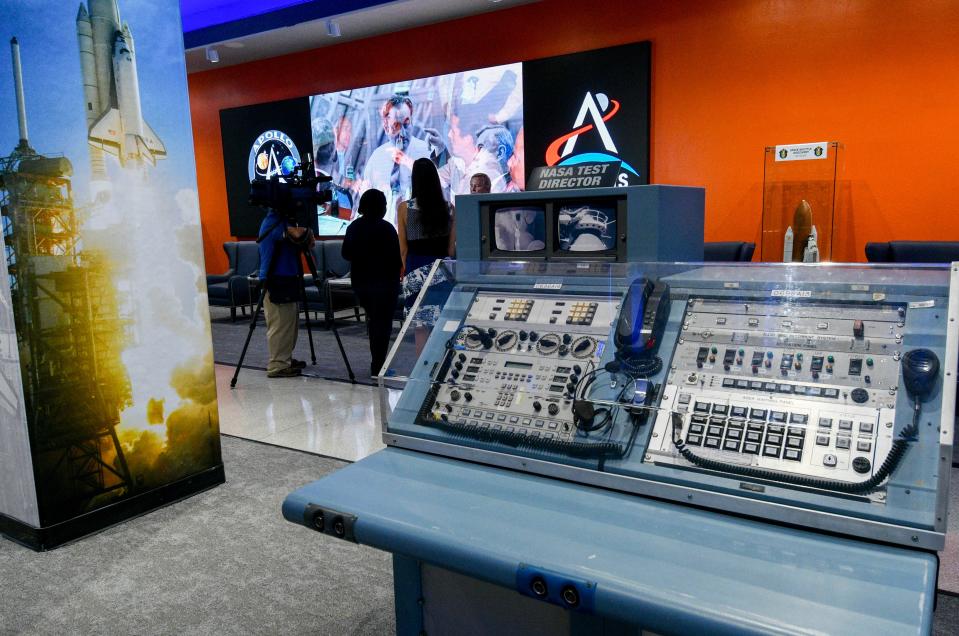
In July 1962, the Launch Control Center went into operation to support the Apollo Lunar Landing program. Shortly after, the facilities of Launch Complex 39 took shape including launch pads 39-A, 39-B, and the now-iconic Vehicle Assembly Building.
As the world's tallest one-story building, the VAB stands 525 feet tall with a footprint of eight acres also making it one of the world's largest buildings by area.
Astronaut Hall of Fame: Three veteran astronauts to be inducted into the U.S. Astronaut Hall of Fame on Saturday
First entirely private mission: SpaceX launches Axiom-1 private astronaut mission to ISS
Want to work in the space industry?: There is a big hiring spree going on in the Space Coast
It was completed in 1966 as an assembly garage for the monstrous Saturn V rocket, at the time the largest rocket to have ever been constructed by humans. It was the final assembly point of the space shuttle for 30 years and today is used for the assembly of the Space Launch System rocket, the agency's newest moon rocket.
The KSC headquarters building, originally constructed in 1964, was demolished and replaced in 2019 with a 200,000-square-foot, energy-efficient facility as part of KSC's plans to modernize the Center following the end of the shuttle program.
Where astronauts suit up for space
The Manned Spacecraft Operations Building is still used today. It's where, since the Apollo program, NASA astronauts have lived and worked during the quarantine period before launch. It's now known as the Neil Armstrong Operations and Checkout Building and is somewhat of an operational museum — a feature not unique to any one building at Kennedy Space Center.
"(There's) a lot of history," said Rebecca Cathon, a flight crew support specialist at the astronaut crew quarters. "Back in the Apollo days, this all kind of looked the same, nothing has really changed."
Today's astronauts walk the same halls and use the same rooms that astronauts of the Apollo era used.
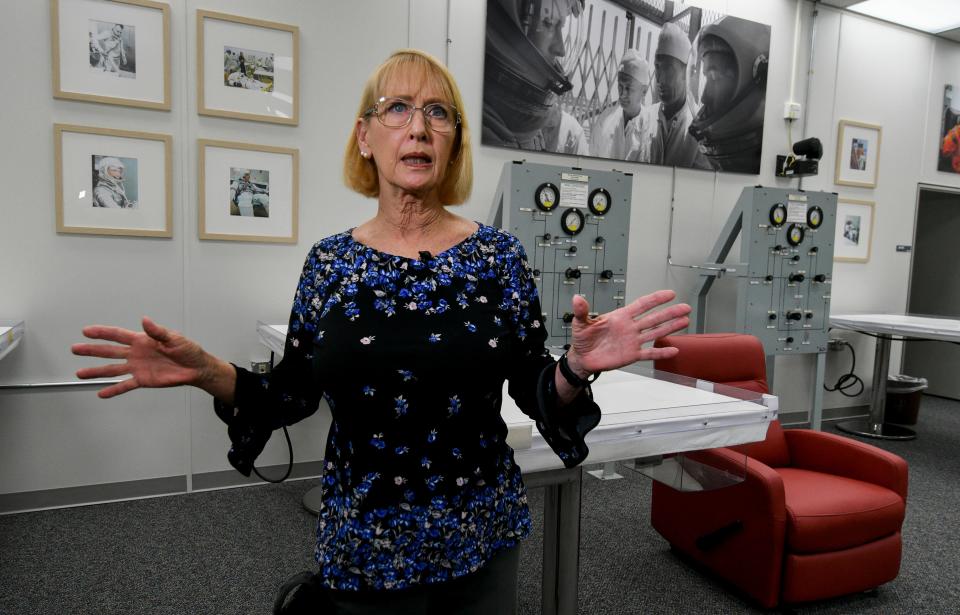
"There was maybe a window in the kitchen area where they pass the food through and maybe not quite as many cabinets, but everything really kind of looked the same," Cathon said.
It's the last building that NASA astronauts are inside of before they blast off the planet. It's here they suit up for their mission.
The same room has been used to suit up every NASA astronaut from the Apollo program to the space shuttle. And now with the Commercial Crew Program, it's also where SpaceX suits up its astronauts for NASA missions to the space station.
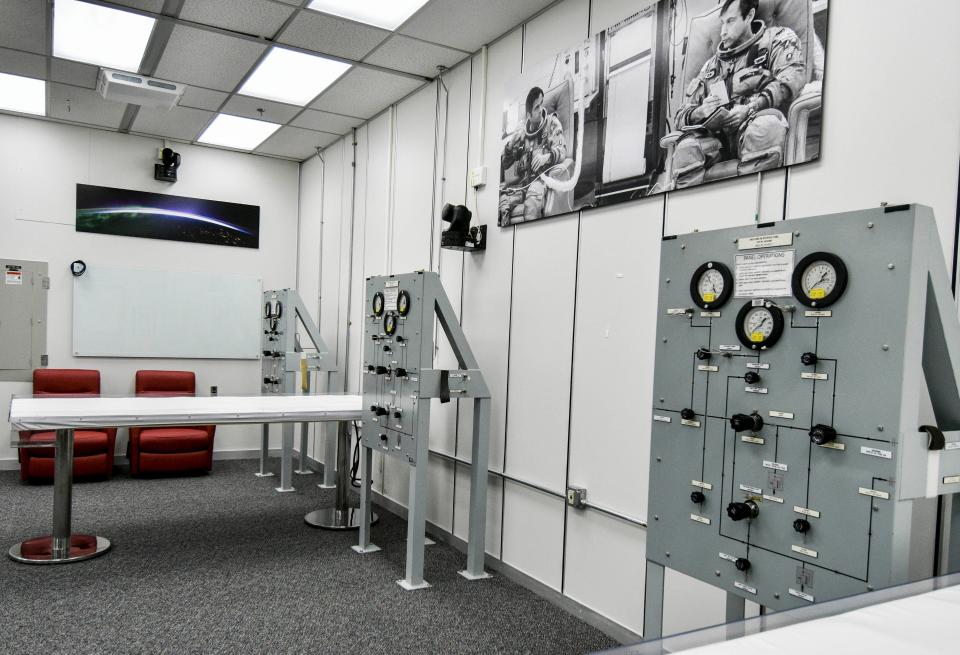
In a sign of the times, however, SpaceX chose to conduct mission preparation for its private astronaut missions a bit differently.
"NASA offered the crew quarters for quarantine," said Lauren Lunde, also a flight crew support specialist at the astronaut crew quarters. "(SpaceX) opted to stay somewhere in Orlando for their quarantine."
SpaceX also uses a more modernized facility located much closer to its launch pad to suit up its private astronauts.
NASA, though, intends to continue with tradition when it comes to the Artemis astronauts, whose earliest flight could be in 2024.
"During the Artemis program we might have to expand or we might not," said Lunde. "We'll change things as we need to. But, they'll be using it also."
Swamp Works: where innovation happens
From Apollo to Artemis is a recognizable theme throughout many of the Center's buildings.
Take the Center's Swamp Works lab — a bare-bones facility where engineers and machinists can innovate, test and adapt emerging technologies for the purpose of sustaining life on other planets.
It's reminiscent of the test, change, test again facility that it once was when used by Apollo astronauts to train to work on the moon.
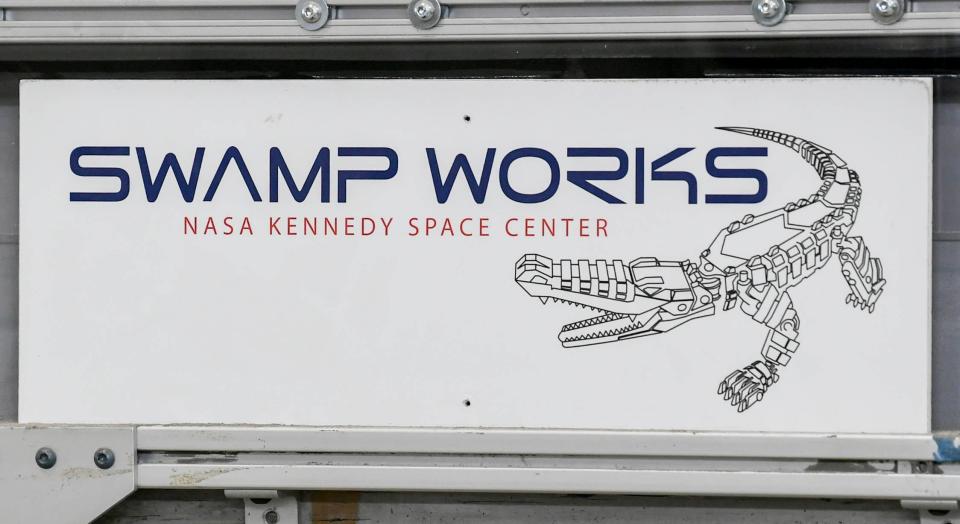
Old photos of test engineers working with intricate, almost alien-looking hardware line the walls.
"It gives me a connection with the men and women who worked here during that time," said Nathan Gelino, a principal investigator at Swamp Works. "Although they were working really hard trying to solve some of the really, really complex problems, they were also having a lot of fun doing it."

"It's the same kind of environment in here today," he continued. "We all work very hard on some very hard problems. But we also try to have a lot of fun and develop a lot of camaraderie along the way,"
"This facility also has a lot of other heritage," said Gelino, speaking about a photo that showed an Apollo-era astronaut carrying equipment around a landscape in a full astronaut suit. "We call it the rock yard," he explained. "Now it's all overgrown with Florida swamp, but we went out there and we found a lot of the footprints from when they went and did that."
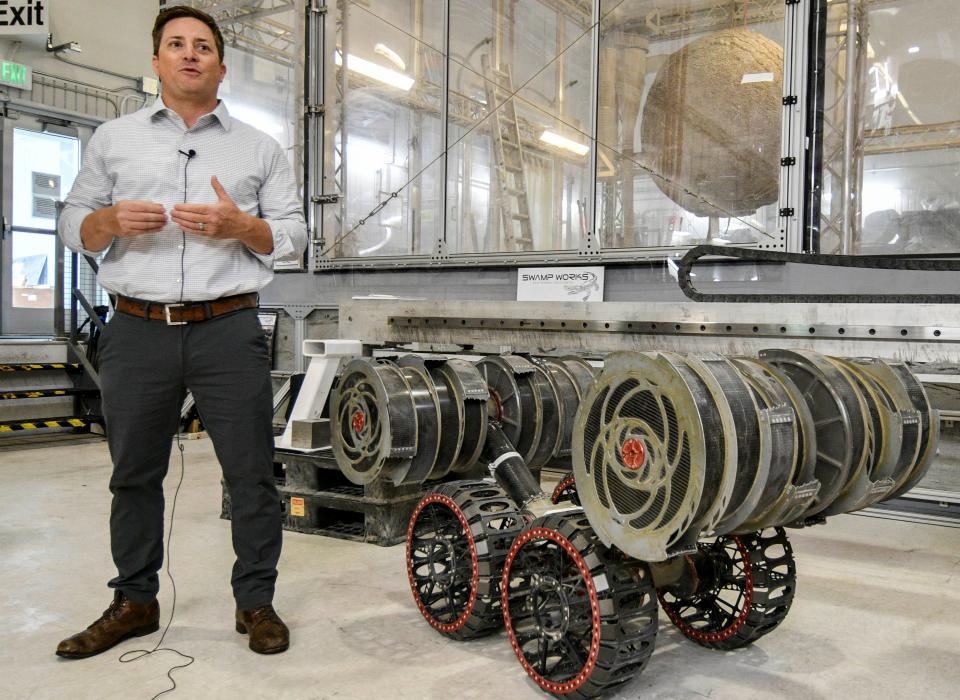
Launch Control Center oversees the rocket launches
The lobby of the Rocco A. Petrone Launch Control Center has been spruced up. In February, the building was renamed to honor the Apollo-era NASA launch director, Rocco Petrone.
The large room is a juxtaposition of the space center's past and future outfitted with a wall of placards that commemorate each crewed mission adjacent to newly painted vibrant orange-and-blue walls that prominently feature a large LCD screen extending almost the length of the room. Large banners wrap around the lobby's four pillars heralding previous launch directors.
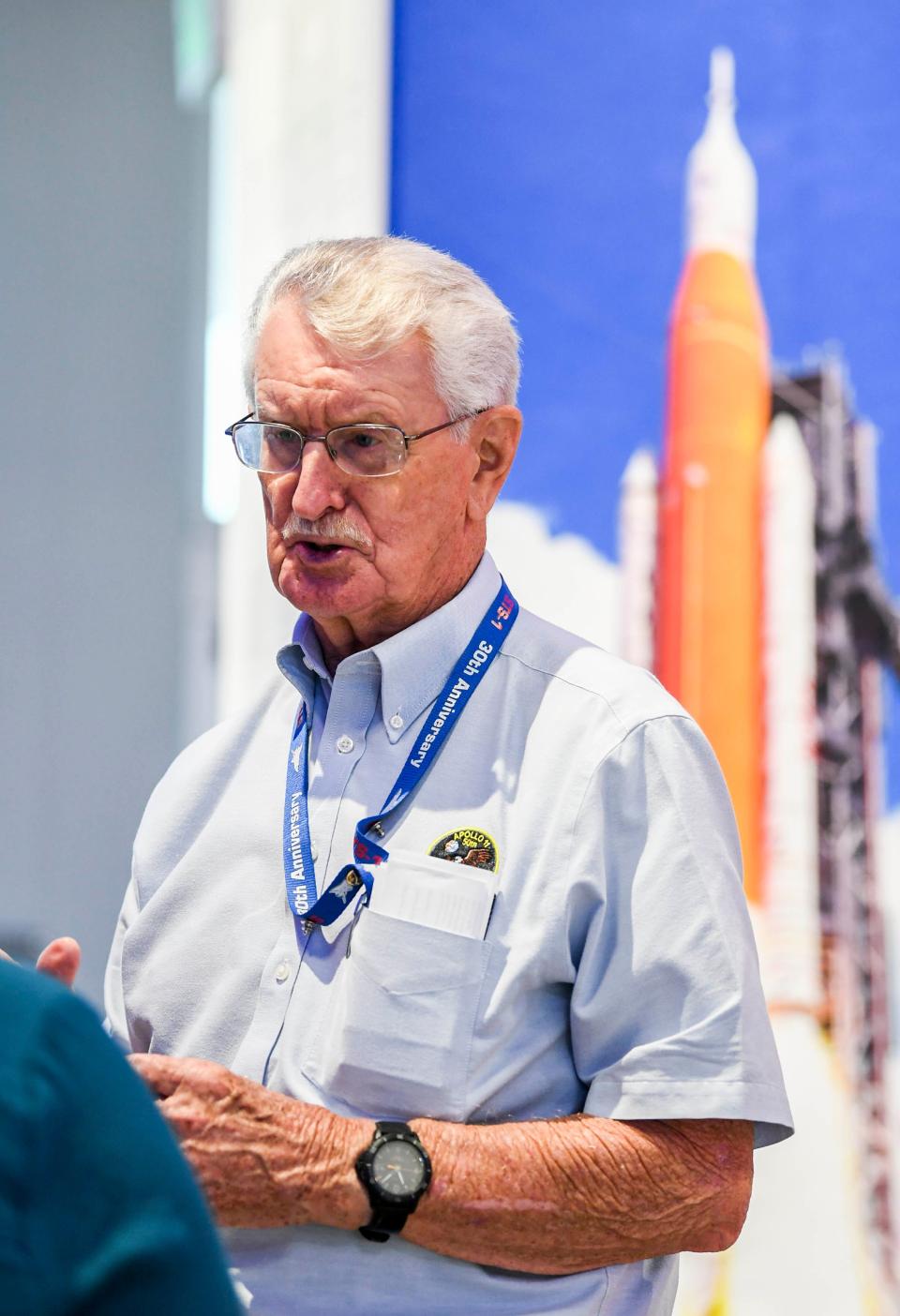
One of those previous launch directors, Bob Sieck, said the specialness of Kennedy Space Center comes from the people that work there, not so much the physical buildings.
"What's important is not so much brick and mortar of the facility. It's the emphasis (that) it's a node, a focal point for the team," he said. "All of this decision-making gets done (here) and that integrates the work of the team and that is spread around the Kennedy Space Center."
"It's the fact that the control team is in one place," continued Sieck. "I think that's important to make that point, because you don't accomplish (things) like launching rockets, without all the components being pulled together as a team."
Current NASA Assistant Launch Director Jeremy Graeber said the control center has changed over the years as programs change.

"We've moved through each of the different programs, we have adjusted, modified, reused, and taken advantage of the capabilities that are here from Apollo to shuttle and now through Artemis," Graeber said. "This space center has allowed us to do those things."
He added: "It's an honor to be a part of this kind of sacred building that we work in."
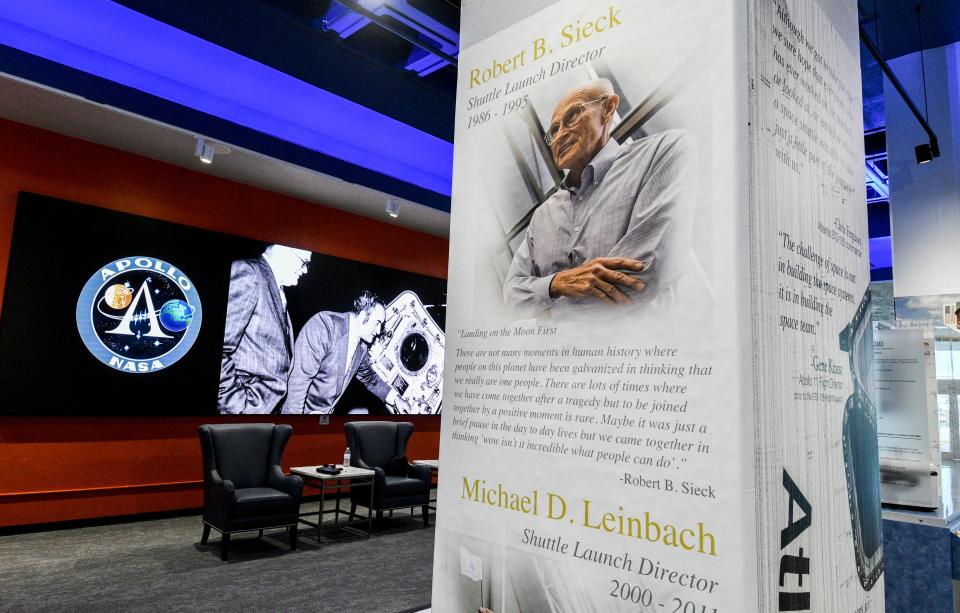
KSC looks to the future
After the last space shuttle flight on July 8, 2011, many feared what the future would hold for KSC. NASA was determined to turn the center into a multi-user spaceport.
They've had some success.
The Commercial Crew Program restored a regular use of the Neil Armstrong Operations and Checkout Building and brought a regular cadence of crewed launches back to Launch Complex 39-A. SpaceX has launched five astronaut missions to the space station for NASA. Boeing, the other company chosen for commercial crew, only recently completed an uncrewed orbital test flight of its Starliner capsule but has yet to fly humans.
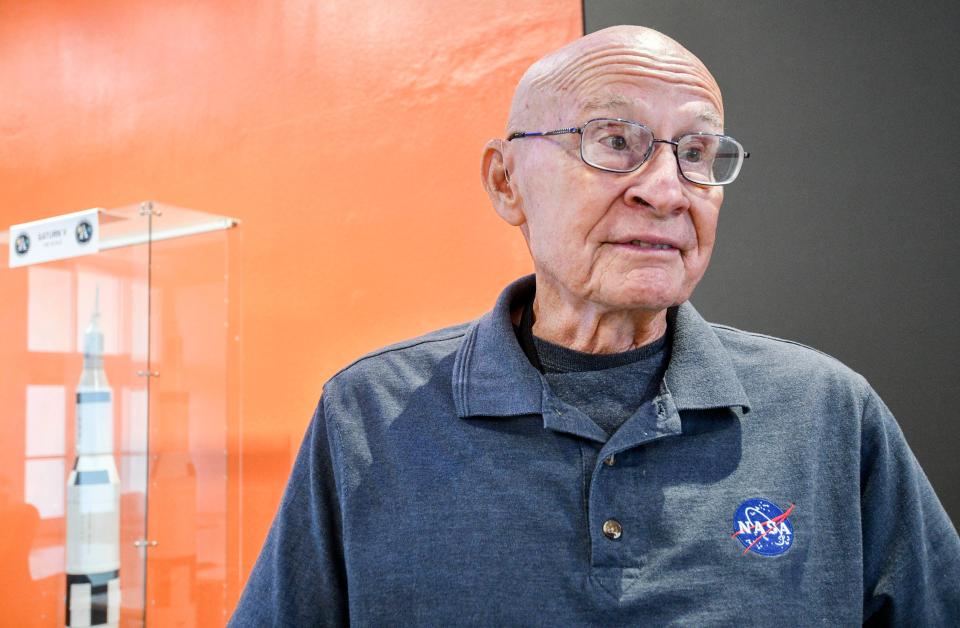
The Vehicle Assembly Building that went unused following the end of the shuttle program found renewed purpose with the stacking of the Space Launch System rocket and Orion capsule. NASA officials envisioned that the VAB would be used by commercial partners, but that plan hasn't exactly worked out.
In 2019 Northrop Grumman signed on as the first commercial tenant of the world's largest garage. The VAB was intended to be used to develop and construct the company's OmegA rocket.
After losing out on the government contract to SpaceX and United Launch Alliance, Northrop Grumman decided to forgo the development of the rocket and the use of the VAB.
The same story applies to launch pad 39-B and the Shuttle Landing Facility. While NASA's SLS rocket is the only thing planned to launch from launch pad 39-B since the days of the shuttle, the Shuttle Landing Facility found some success with commercial partners.
Manifest packed with launch missions: Space Force and NASA order more than a dozen launches from ULA and SpaceX
The Deep Space Launch Complex: Gateway is Kennedy Space Center Visitor Complex's newest immersive deep space attraction
Another wet dress rehearsal: NASA's moon rocket is back on its launch pad for another wet dress rehearsal attempt
NASA leased the landing strip to Space Florida under a 30-year contract. In 2021 Sierra Space announced plans to use the now-known Launch and Landing Facility to one day land their space plane, the Dream Chaser.
Sierra Space is expected to use the Dream Chaser to fly cargo resupply missions to the space station for NASA, although that is not expected to begin before 2023.
Other facilities have been revamped to support commercial partners turning previously unused land into production facilities where the next generation of reusable rockets and crew transportation systems are being born.
SpaceX took over Launch Complex 39-A for the operation of its Falcon family of rockets. The company has now expanded to a larger plot of land off of Roberts Road. It includes a brand new hangar and processing facility where Falcon rockets are refurbished for reflight.
What could be the most significant change to KSC since the 60s, is if SpaceX follows through with plans to build out a new launch pad at Launch Complex 49, a swath of land to the north of launch pad 39-B, which it petitioned for in 2021.
For now, though, those plans have not been enacted.
SpaceX is, however, working on extending its launch capabilities at Launch Complex 39-A with the construction of a new launch pad to support the company's proposed Starship rocket.
But 60 years later, Kennedy Space Center is returning to its roots as the SLS mega-moon rocket sits on the launch pad of Launch Complex 39-B, just like in the days of Apollo.
Jamie Groh is a space reporter for Florida Today. You can contact her at [email protected]. Follow her on Twitter at @AlteredJamie.
This article originally appeared on Florida Today: Kennedy Space Center marks 60 years again looking to moon in nod to Apollo